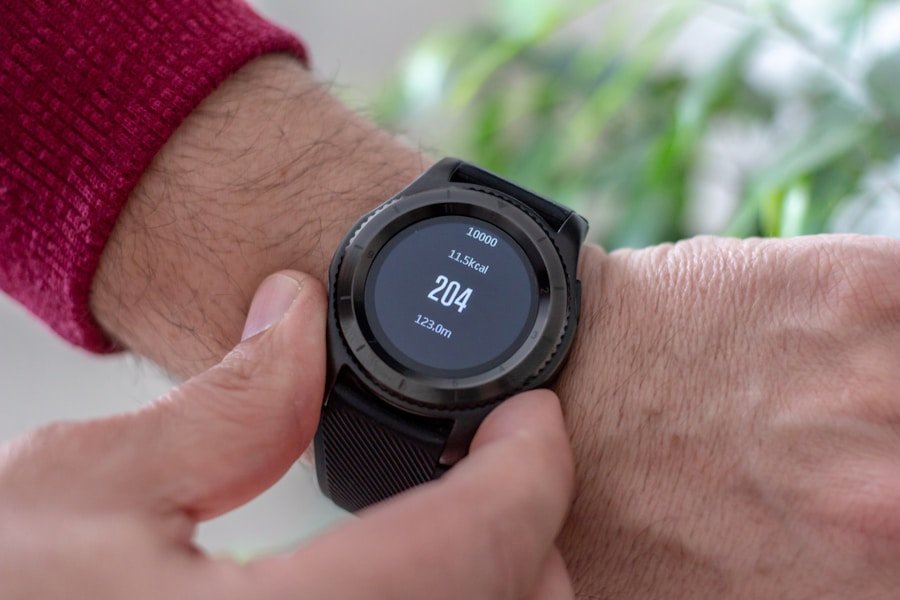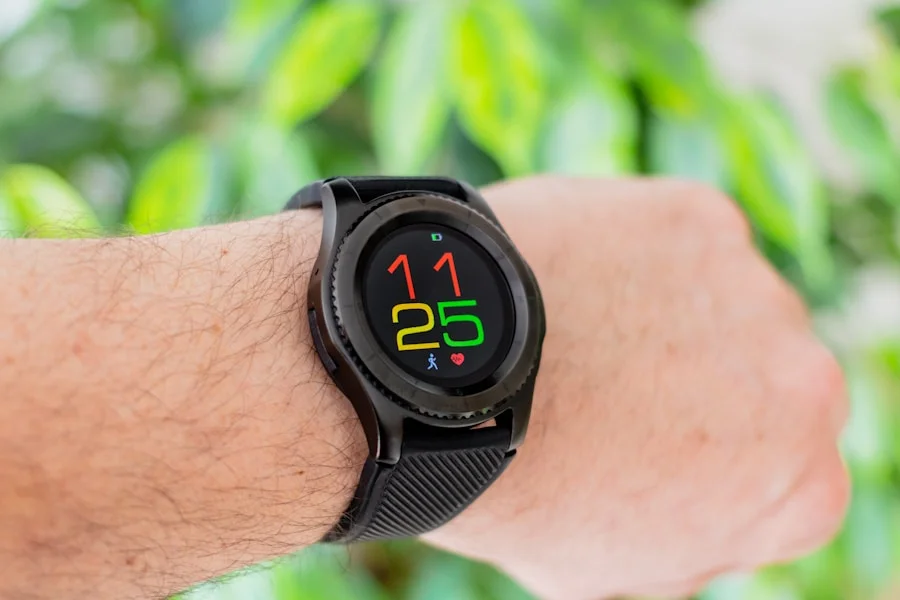Recent years have witnessed significant advancements in fitness gear technology, transforming the way athletes and fitness enthusiasts approach training and performance. The development of wearable devices, smart fabrics, and cutting-edge sports equipment has been instrumental in boosting performance and overall fitness. The convergence of biomechanics, motion analysis, and data analytics has enabled the creation of tailored training programs and a more nuanced understanding of human movement and capabilities.
As technology continues to evolve, the future of fitness gear holds great promise, with novel innovations on the horizon.
Key Takeaways
- Fitness gear technology has evolved to enhance performance through wearable devices, smart fabrics, and biomechanics analysis.
- Wearable devices play a crucial role in fitness by tracking and analyzing data such as heart rate, steps, and calories burned.
- Advancements in sports equipment technology have led to lighter, more durable, and performance-enhancing gear for athletes.
- Smart fabrics and materials are designed to improve performance by regulating body temperature, reducing friction, and enhancing comfort.
- Biomechanics and motion analysis have a significant impact on fitness gear, helping athletes optimize their movements and prevent injuries.
The Role of Wearable Devices in Fitness
Tracking Performance and Progress
From fitness trackers to smartwatches, these devices can track a wide range of metrics, including heart rate, calories burned, sleep patterns, and stress levels. This data enables users to monitor their workouts, set goals, and make adjustments to their training programs as needed.
Insights into Overall Health and Wellness
Wearable devices also provide valuable insights into overall health and wellness, empowering users to make informed decisions about their lifestyle and fitness routines. Furthermore, wearable devices have become an essential tool for professional athletes and coaches, allowing them to track and analyze performance metrics in real-time.
Seamless Integration and Comprehensive View
With the ability to sync with other devices and apps, wearable technology has become an integral part of the fitness experience, providing users with a comprehensive view of their health and fitness journey.
Advancements in Sports Equipment Technology
In addition to wearable devices, sports equipment technology has also seen significant advancements in recent years. From high-tech running shoes to advanced training equipment, athletes now have access to a wide range of tools designed to enhance their performance. For example, running shoes are now equipped with advanced cushioning and support systems to improve comfort and reduce the risk of injury.
Similarly, strength training equipment has evolved to provide more accurate resistance and feedback, allowing athletes to target specific muscle groups and track their progress more effectively. One of the most significant advancements in sports equipment technology is the integration of sensor technology. Many sports equipment now comes equipped with sensors that can track movement, force, and impact, providing valuable data on an athlete’s performance.
This data can be used to analyze technique, identify areas for improvement, and prevent overuse injuries. With the ability to capture and analyze real-time data, sports equipment technology has become an invaluable tool for athletes looking to take their performance to the next level.
How Smart Fabrics and Materials Improve Performance
| Technology | Enhancement |
|---|---|
| Heart Rate Monitors | Accurately track heart rate during workouts |
| Activity Trackers | Monitor daily activity levels and set goals |
| Smart Fabrics | Enhance comfort and performance |
| Smart Footwear | Provide real-time feedback on running technique |
| Virtual Reality | Enhance motivation and engagement in workouts |
Smart fabrics and materials have also played a significant role in enhancing performance and comfort for athletes. These innovative materials are designed to wick away sweat, regulate body temperature, and provide support where it’s needed most. For example, compression garments are made from advanced fabrics that provide targeted support to muscles, improve circulation, and reduce muscle fatigue.
Similarly, moisture-wicking fabrics are designed to keep athletes dry and comfortable during intense workouts, while also preventing chafing and irritation. In addition to performance benefits, smart fabrics and materials also offer added convenience for athletes. Many athletic apparel now comes equipped with built-in UV protection, odor control, and even reflective elements for safety during low-light conditions.
These features not only enhance performance but also provide added peace of mind for athletes training in various environments. As technology continues to advance, we can expect to see even more innovative uses for smart fabrics and materials in athletic apparel, further improving comfort and performance for athletes of all levels.
The Impact of Biomechanics and Motion Analysis in Fitness Gear
Biomechanics and motion analysis have become essential tools for understanding how the body moves during physical activity. By studying the mechanics of movement, researchers and athletes can gain valuable insights into performance, injury prevention, and rehabilitation. With the help of advanced motion capture technology, researchers can analyze the biomechanics of specific movements, such as running or jumping, to identify areas for improvement and reduce the risk of injury.
In addition to research applications, biomechanics and motion analysis have also been integrated into fitness gear to provide real-time feedback on an athlete’s performance. For example, some fitness trackers now come equipped with motion sensors that can track movement patterns and provide feedback on running form or weightlifting technique. This data can be used to make adjustments to training programs, prevent overuse injuries, and optimize performance for better results.
As our understanding of biomechanics continues to evolve, we can expect to see even more innovative uses for this technology in fitness gear.
Integrating Data and Analytics for Personalized Training
Personalized Training Programs
The integration of data and analytics has revolutionized the way athletes train and monitor their performance. With the help of advanced software and apps, athletes can now track everything from heart rate variability to sleep quality and recovery time. This data can be used to create personalized training programs tailored to an athlete’s specific needs and goals.
Informed Decision Making
By analyzing this data over time, athletes can make informed decisions about their training routines, recovery strategies, and overall health and wellness. Data analytics has also become an essential tool for coaches and trainers working with athletes at all levels. By collecting and analyzing performance metrics, coaches can identify areas for improvement, track progress over time, and make adjustments to training programs as needed.
Targeted Training and Future Advancements
This data-driven approach allows for more targeted training programs that are tailored to an athlete’s individual strengths and weaknesses. As technology continues to advance, we can expect to see even more sophisticated uses for data analytics in personalized training programs.
Future Trends in Fitness Gear Technology
As technology continues to advance at a rapid pace, the future of fitness gear looks promising with even more innovative solutions on the horizon. One of the most exciting trends in fitness gear technology is the integration of artificial intelligence (AI) into wearable devices and sports equipment. AI has the potential to revolutionize the way athletes train by providing personalized coaching, real-time feedback on performance, and predictive analytics for injury prevention.
Another future trend in fitness gear technology is the development of more advanced smart fabrics and materials that can adapt to an athlete’s specific needs in real time. For example, researchers are currently working on developing fabrics that can change their properties based on temperature or moisture levels, providing optimal comfort and support during intense workouts. Additionally, we can expect to see more integration of sensor technology into sports equipment, allowing for more accurate tracking of performance metrics and movement patterns.
In conclusion, fitness gear technology has come a long way in recent years, revolutionizing the way athletes train and perform. From wearable devices to smart fabrics and advanced sports equipment, technology has played a crucial role in enhancing performance and improving overall fitness. The integration of biomechanics, motion analysis, data analytics, and AI has allowed for personalized training programs and a deeper understanding of the body’s movements and capabilities.
As technology continues to advance, the future of fitness gear looks promising with even more innovative solutions on the horizon. With the continued development of advanced technologies, we can expect to see even more exciting advancements in fitness gear that will further enhance performance and improve overall health and wellness for athletes of all levels.
FAQs
What is fitness gear technology?
Fitness gear technology refers to the use of advanced materials, design, and technology to enhance the performance, comfort, and safety of fitness equipment and apparel. This can include features such as moisture-wicking fabrics, compression technology, and advanced cushioning in footwear.
How does technology enhance performance in fitness gear?
Technology enhances performance in fitness gear by providing features such as moisture-wicking fabrics to keep the body dry, compression technology to improve blood flow and muscle support, and advanced cushioning to reduce impact and improve comfort during exercise.
What are some examples of technology in fitness gear?
Examples of technology in fitness gear include moisture-wicking fabrics, compression technology, advanced cushioning in footwear, wearable fitness trackers, and smart fabrics that monitor biometric data.
How does fitness gear technology improve safety?
Fitness gear technology improves safety by providing features such as reflective materials for visibility in low light, impact-absorbing materials in footwear, and moisture-wicking fabrics to prevent overheating and chafing during exercise.
What are the benefits of using technology-enhanced fitness gear?
The benefits of using technology-enhanced fitness gear include improved performance, increased comfort, enhanced safety, and the ability to track and monitor fitness progress through wearable technology.














